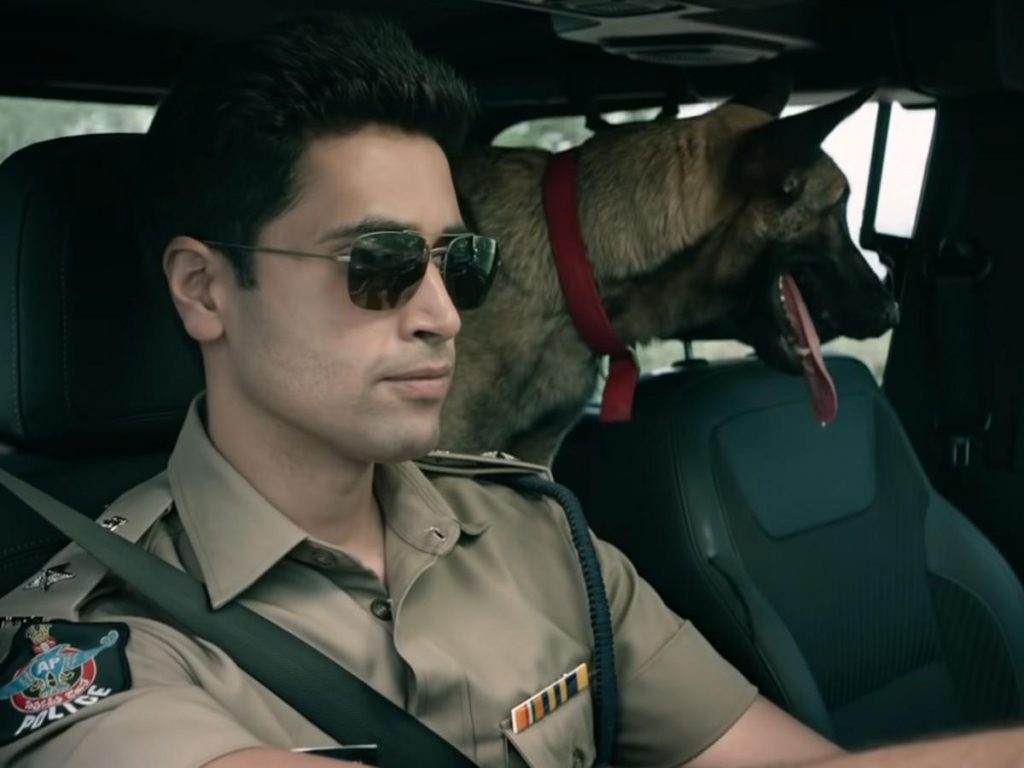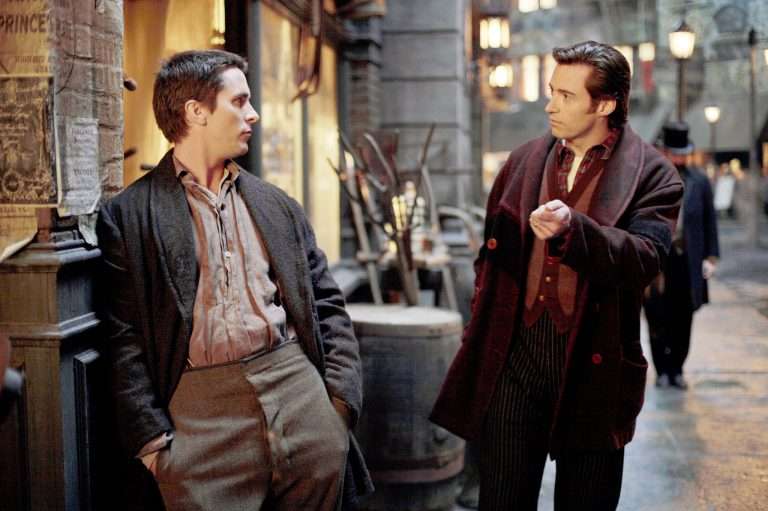Director Sailesh Kolanu brings us the second installment in the ‘HIT-verse,’ with ‘HIT: The Second Case’, starring Adivi Sesh and Meenakshi Chaudhary. The plot follows a no-nonsense cop—Krishna Dev (Adivi Sesh)—who gives no excuses for his behavior as he tries to solve the murder case of a young woman.
HIT: The Second Case Plot Summary & Movie Synopsis:
The film opens with Ram Prasad Koduri, a contractor, who comes home unexpectedly to find out about his wife Jhansi’s extramarital affair. Jhansi is afraid that he will tell everyone and so she files a false case of marital rape on him and has his reputation tarnished indefinitely. Even though the charges against him are dropped, and he comes home, he is socially boycotted, abandoned by his relatives, and let off from work. We see him chop off a tree and diligently work on it, only to find out that he’s built a treehouse and is looking at it lovingly.
The film then cuts to Krishna Dev, also known as KD, who works as an SP with Visakhapatnam’s sleeper HIT (Homicide Intervention Team). He only has to solve killings that were the consequence of family disputes. With his partner, a shop owner named Aarya (Meenakshi Chaudhary), and his beloved puppy Max, he lives a seemingly sorted life. However, KD is soon forced to sit up and take notice as things shift. A girl’s body is horrifyingly exhibited after being brutally dismembered. He must sift through a lot of red herrings and hints to figure it all out.
Where Does Hit: The Second Case Pick Up From?
After the events of HIT: The First Case, in which Vishwak Sen portrayed Vikram Rudraraju, HIT: The Second Case picks up. The focus of the narrative changes from Telangana to Andhra Pradesh, and HIT takes on a fresh case. However, the fresh case is a mixed bag of loose ends, cliches, and a half-baked foundation for psychopathy.
The problem with HIT: The Second Case isn’t simply how the case is resolved; by the time HIT: The Third Case’s lead actor is revealed, you can’t help but feel that this movie is more of a bridge between the first and third movies. Even if it’s good that certain important facts concerning Vikram Rudraraju are also exposed, by the time you reach the end, you wish for the film to have been a trailer.
Case 2, written by Kolanu himself, does emphasize modifying the format of how the story is delivered. It’s the same as when you see a glimpse of the tragedy in the opening sequence and are then transported to a world far away where it appears that the initial sequence will not be connected at all. However, hello! The finest aspect of the sequel is that it manages to be more focused and avoids unnecessary branching and subplots. Unlike the first, it stays on one road and is dedicated to conveying that one story.
What Is Better?
After they find the girl’s body, the team is in for a shock—the dismembered parts are not of one person but three different women. The scene dramatically unfolds, ending with the dialogue, “We have a serial killer on the loose.”
Now that they’ve discovered a serial murderer who is preying on women, HIT police are racing against the clock to apprehend him before he claims his next victim. They must identify him and the sick motives the killer may have used to justify his crime. And this aspect of the inquiry is really compelling, particularly the editing that alternates between KD’s research, a court session, and public protests. The fast-paced edit takes us through the minds of those involved in the investigation—high tensions running.
Loopholes & Loose Ends
However, Kolanu presents the serial killer and his backstory as jagged and very hastily done bits. It’s almost as if he was trying to hurry through the motive and get straight to the killer explaining it, which weakens it. Until the end, the clues & open-ended questions that have been asked all remain unanswered.
For instance, why did the serial killer decide to make his murders a public spectacle? Does KD’s caustic remark (referring to killers as ‘birdbrains’) compel him to take the risk of drawing attention to himself? Did he wish to be discovered? Is upsetting KD the only reason for taking the risk? Nothing is explained by the director, explicitly or implicitly.
The film makes (or at least tries to make) a strong statement about police contacts becoming a vehicle for public appeasement. The mood darkens by the minute, and KD trades his laid-back demeanor for a sense of urgency to make the city safer.
Throughout the inquiry, more suspects are presented, and it is easy to connect the dots and identify the culprit and his intentions. This is where the film weakens considerably. A crackling thriller would keep audiences on the edge of their seats and spring a surprise by connecting clues lurking in plain sight for that wow moment, which just lazily comes up from behind the audience and taps them on the shoulder.
HIT: The Second Case Movie Ending, Explained:
The film ends with KD & Meenakshi on their wedding day, when Abhilash (KD’s friend) informs KD of who is going to replace him as the SP at HIT, Vizag—It’s Arjun, the most ‘ruthless’ cop in all of Andhra Pradesh, who’s played by none other than Nani.
In the third installment of the ‘Hit Universe’, the director hints that the audience is in for a riveting finish to the series, each of whose films presents a different flavor of cop—the tortured hero by his past, the cocky cop turned vigilante, and now the third cop, who comes to KD and Meenakshi’s wedding with a suspect brutally beaten in his car.
When it comes to the gore and expanding the HIT universe, HIT: The Second Case delivers decently on the former and well on the latter. HIT 2 works well as a stand-alone film, but for those who have watched the original, Sailesh places a few Easter eggs to connect the HIT Universe, and finding them ups the fun factor.
It doesn’t appear to do anything unexpected, but it does pique your interest in watching the following installment. Perhaps that is a victory.
Read More: Cuttputlli Movie Ending, Explained
Trailer
HIT: The 2nd Case Movie Links – IMDb
HIT: The 2nd Case Movie Cast – Adivi Sesh, Meenakshii Chaudhary, Rao Ramesh, Tanikella Bharani







